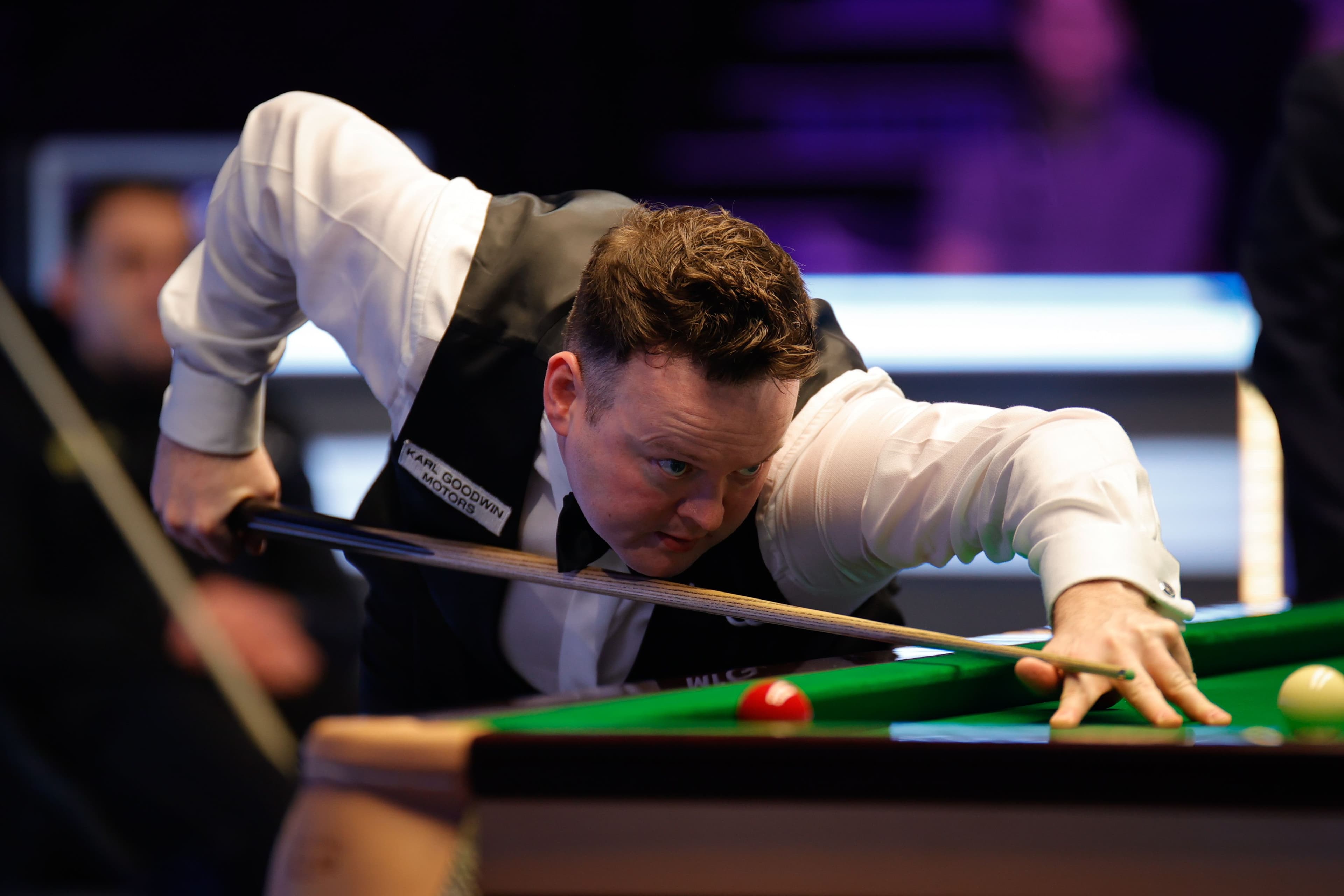Snooker
Understanding Push Shots in Snooker
Unlock the nuances of push shots in snooker: fouls caused by cue-ball friction.

Image Credit: World Snooker Tour (WST)
Unlocking the Mysteries of Push Shots in Snooker
In the intricate world of snooker, where precision and finesse reign supreme, understanding the nuances of different shots is crucial. One such shot that often leads to fouls is the push shot. Let's delve into what constitutes a push shot in snooker and how it can result in a foul.
What is a Push Shot in Snooker?
A push shot occurs when the cue ball strikes an object ball, causing it to move while still in direct contact. This movement is not a result of the intended stroke's momentum but rather due to the friction between the cue ball and the object ball. In simpler terms, it's as if the cue ball pushes the object ball rather than striking it cleanly.
In snooker, the rules dictate that a push shot is deemed a foul. However, identifying a push shot isn't always straightforward. It typically occurs in situations where the cue ball is in direct contact with another ball, and the striker fails to strike the cue ball cleanly without causing the object ball to move.

Image credit: WST
Consequences of a Push Shot
When a player commits a push shot, it results in a foul. This carries various consequences depending on the situation:
- No Points Awarded: Any balls potted as a result of a foul, including push shots, do not contribute to the player's score. This nullifies any potential advantage gained from the shot. In most cases, four points will also be awarded to the opponents as a result of the foul.
- Ball Placement: The balls affected by the foul, including those potted or moved, undergo specific procedures. They may either remain off the table, return to their original positions, or be replaced as they were before the foul occurred.
- Turn Change: In many cases, committing a push shot leads to the opposing player taking their turn at the table. This shift in play can significantly impact the flow and outcome of the game.
Preventing Push Shots in Snooker
Avoiding push shots requires meticulous control and technique. Players must ensure that when striking the cue ball, it moves freely without imparting unintended force on any object balls. This involves precise aiming, a smooth stroke, and careful consideration of the angles involved.
Furthermore, being mindful of the position of the cue ball in relation to other balls on the table is essential. If the cue ball is in direct contact with an object ball, extra caution must be exercised to prevent a push shot from occurring.
Conclusion
In the intricate game of snooker, every shot carries weight, and the push shot is no exception. Understanding what constitutes a push shot and its implications is crucial for players aiming to excel in the sport. By mastering control, technique, and situational awareness, players can mitigate the risk of committing fouls and maintain their competitive edge on the table.
Recommended Articles

Meet Louis Hobbs, our esteemed authority on all matters sports-related. With a wealth of knowledge and experience, Louis effortlessly emerges as our go-to expert. His particular expertise in the realms of darts and snooker sets him apart and brings a level of insight that goes beyond the ordinary. Louis also holds a deep affection for all things related to US sports, with a special emphasis on basketball and American football, which stand out as his particular favorites. His content may not resonate with you, if you don't consider Lamar Jackson the most skilled player in the NFL.

